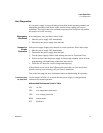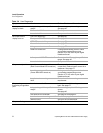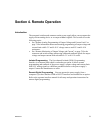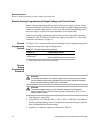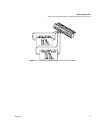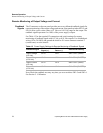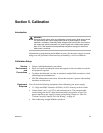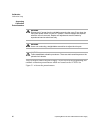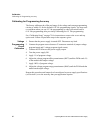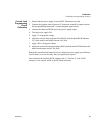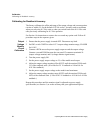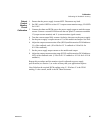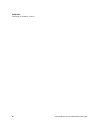
Release 2.1 79
Section 5. Calibration
Introduction
Adjustments to programming and readback accuracy for the power supply are made
using cover-off procedures which must be performed by a service technician.
Calibration Setup
Service
Environment
and
Precautions
• Follow established antistatic procedures.
• Work at a bench with adequate room and support for the unit under test and for
all equipment required.
• To reduce shock hazard, use only an insulated, straight-blade screwdriver when
calibrating trim potentiometers.
• NEVER calibrate these units alone. Ensure that someone is present who can help
should an accident occur.
Equipment
Required
You will need the following equipment when calibrating your power supply.
• 5 1/2 digit true RMS voltmeters (DVMs) (±0.05% accuracy) with test leads
• Current shunt 1 mV/A (±0.25%) and connecting wire. The recommended
current ratings for the DC shunt and connecting wire must be at least 10%
greater than the power supply's output current rating. Please see Table 2.4,
“Current Carrying Capacity for Load Wiring,” on page 45.
• Non-conducting, straight-bladed screwdriver
WARNING
Exercise caution when using and calibrating a power supply. High energy levels
can be stored at the output voltage terminals on a power supply in normal
operation. In addition, potentially lethal voltages exist in the power circuit and on
the output and sense connectors of a power supply with a rated output greater
than 40 V. Filter capacitors store potentially dangerous energy for some time
after power is removed.



